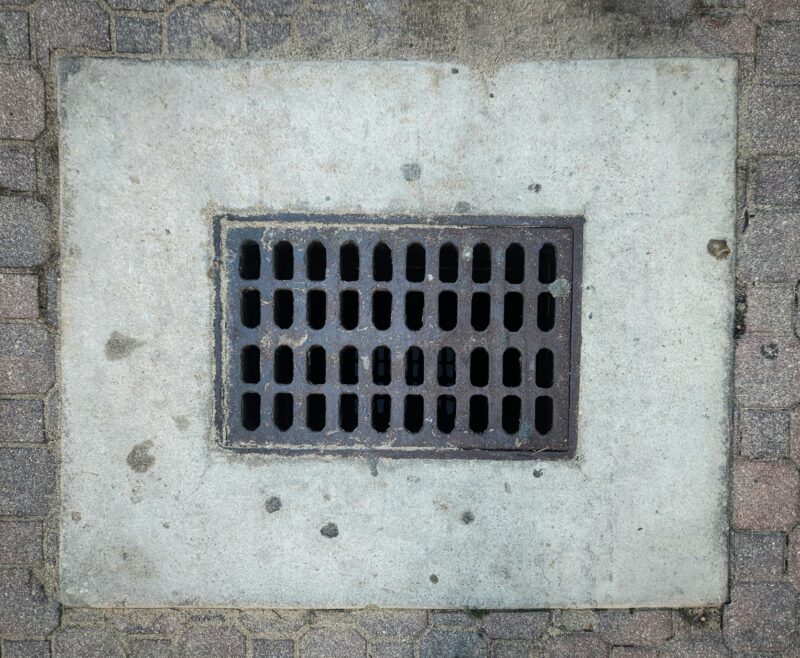As cities grow, it gets harder to deal with the extra water that arrives from rain and melting snow. Streets that are flooded, sewer systems that are too full, and infrastructure that is falling apart are increasingly common sights. Because of all these issues, we need to make our drainage systems better. The catch basin is one of the most basic parts of contemporary water management, yet it is also one that is often overlooked.
This article will talk about why catch basin systems are important, how they are built, and how they make communities safer and better for the environment. It is a must-read for anybody who own property or want to build on it.
Why It’s So Important to Regulate Runoff These Days
Climate change has made storms happen more often and more severely. Cities have to deal with more water than ever before, and they have to do it faster and more effectively than ever before.
Poor drainage lets water build up quickly, which puts roads, buildings, basements, and whole neighborhoods at risk. If stormwater is not managed properly, it can cause the following issues:
- A higher chance of flash floods
- The soil around buildings and public infrastructure is getting worse
- Oil, trash, and chemicals getting into neighboring streams
- Consequences on roads, parking lots, and plants
In these kinds of situations, catch basin drainage solutions can help. They are working hard to collect surface runoff and send it away from places that could be damaged, even if you can’t see it.
What is a Catch Basin and How Does It Work?
A catch basin, also known as a storm drain inlet, is one approach to gather runoff from the surface and send it down into pipes below ground. This is the first step in keeping runoff from getting into the main sewer lines or stormwater retention systems.
Basic Anatomy of a Catch Basin
| Component | Purpose |
| Grate Cover | Prevents large debris (e.g., leaves, trash) from entering the drainage system |
| Basin Box | Collects and temporarily stores water and sediment |
| Outlet Pipe | Directs the filtered water into the main drainage or sewer line |
Catch basins are typically placed in low points of pavement or landscape areas to allow water to naturally flow into them. For large sites like commercial developments or residential subdivisions, multiple basins are often required and strategically connected through underground piping.
How to Use Catch Basins in City Planning
Catch basins aren’t just parts of a parking lot that drain water well; they’re also a bigger part of how towns handle stormwater. Catch basins are used by engineers, architects, and builders to:
- Keep water from pooling near building entrances and streets
- Make parking lots less likely to hydroplane
- Give asphalt and concrete more time to last
- Lessen the damage that trash and silt do to the environment by stopping them from running off
How to Pick the Right Type of Catch Basin
Catch basins can be made of different materials, forms, and sizes based on what they are used for. Here are some common categories:
- Basins made of concrete that have already been poured
These are strong and last a long time. They are used in business or public systems. Good for places where a lot of people go. - Basins made of HDPE or plastic
They are not heavy and won’t rust. Often used at home or other places where they won’t have to carry much. - Stackable or modular basins
There are basins that can be stacked or put together, and parts can be switched out. It’s great for gardening projects you do yourself or places that need to be changed. - Basins in a line with filter inserts
To protect yourself even more, filter out oils, fuels, and small particles. Good for places that are close to environments that are weak.
Note: Always check the rules in your area before picking a catch basin device. A lot of cities and towns have rules about things like flow rates, load capacities, and protecting the environment.
Keep Up with Maintenance to Keep Your Drainage System in Good Shape
If you don’t take care of your catch basin, it won’t work properly, no matter how well it was built. Over time, silt, leaves, and other things get pushed around inside the basin. Over time, this buildup could stop the pipe that lets water out, which would cause water to back up.
Maintenance Plan Suggestions (for businesses and homes)
- Every three months, take a look at it
- Every six months (in the fall and spring), clean it
- Checks to see how much rain there was after the storm
A vacuum truck or hand tools can be used to clean up the system. This keeps it going well and makes it last longer. People who don’t do this step might have to pay a lot of money for fixes or even get fined by the law.
Comparing Catch Basins vs. French Drains
While catch basins collect and redirect surface water, French drains are designed to handle subsurface water — moisture that accumulates below the surface. The table below highlights the differences:
| Feature | Catch Basin | French Drain |
| Handles Surface Runoff | Yes | No |
| Handles Groundwater | No | Yes |
| Maintenance | Regular basin cleaning | Occasional flush (rare) |
| Ideal Application | Parking lots, streets, patios | Yards, basements, retaining walls |
In some designs, both systems may work in tandem to fully protect a property from water damage.
The Most Important Places for Catch Basins
Not just in big cities, catch basins are used in all types of places. Here is a list of their most important uses:
- Driveways and Sidewalks: Keeps puddles and ice from forming in the winter
- Commercial Parking Lots: Keeps the surface safe and in good condition
- Landscape Architecture: Keeps soil from washing away and controls irrigation runoff
- Construction Sites: Temporary basins keep sediment-filled runoff under control
They are also very important for green infrastructure initiatives, which are city-wide environmental goals that include managing stormwater in a natural way.
In Conclusion, We Need to Build Cities That Can Withstand Storms and Have Better Drainage
Flooding in cities is becoming more and more of a problem, but it doesn’t have to happen. One of the best things we can do is build drainage systems that are well thought out and have strong catch basins. Catch basins provide scalable, cost-effective, and long-lasting drainage performance, whether you’re constructing a commercial lot, keeping a public road in good shape, or improving your home.
When looking into installation or maintenance alternatives, a lot of people look for a drainage company near me to make sure that the system is built and maintained correctly and in accordance with the law. Hiring professionals with experience will make sure that your drainage system works not only now, but for many years to com








